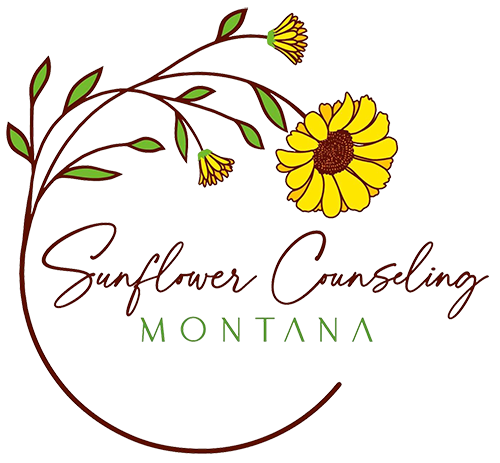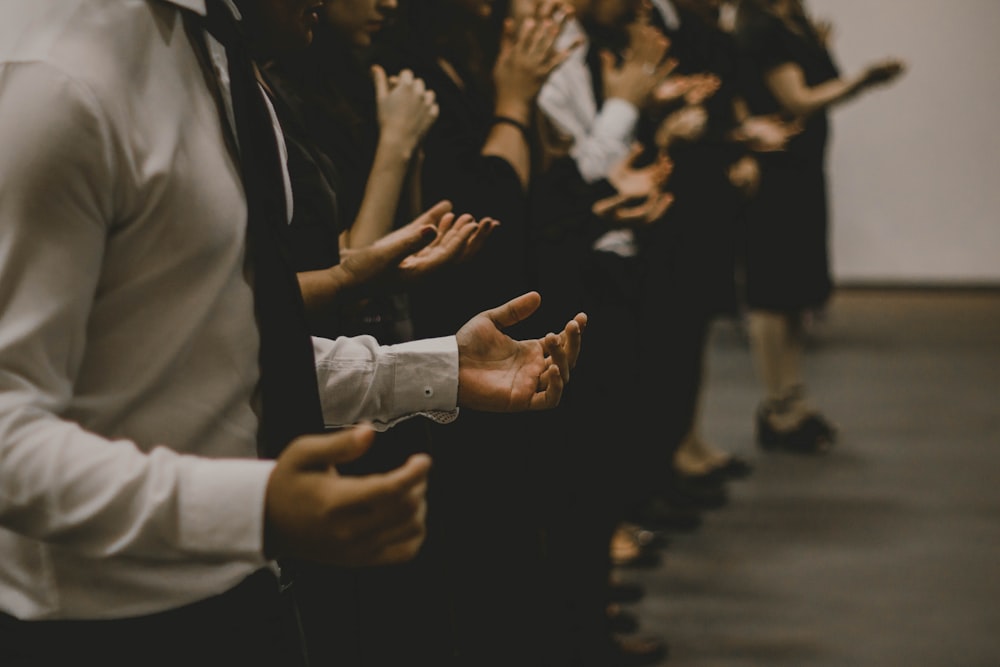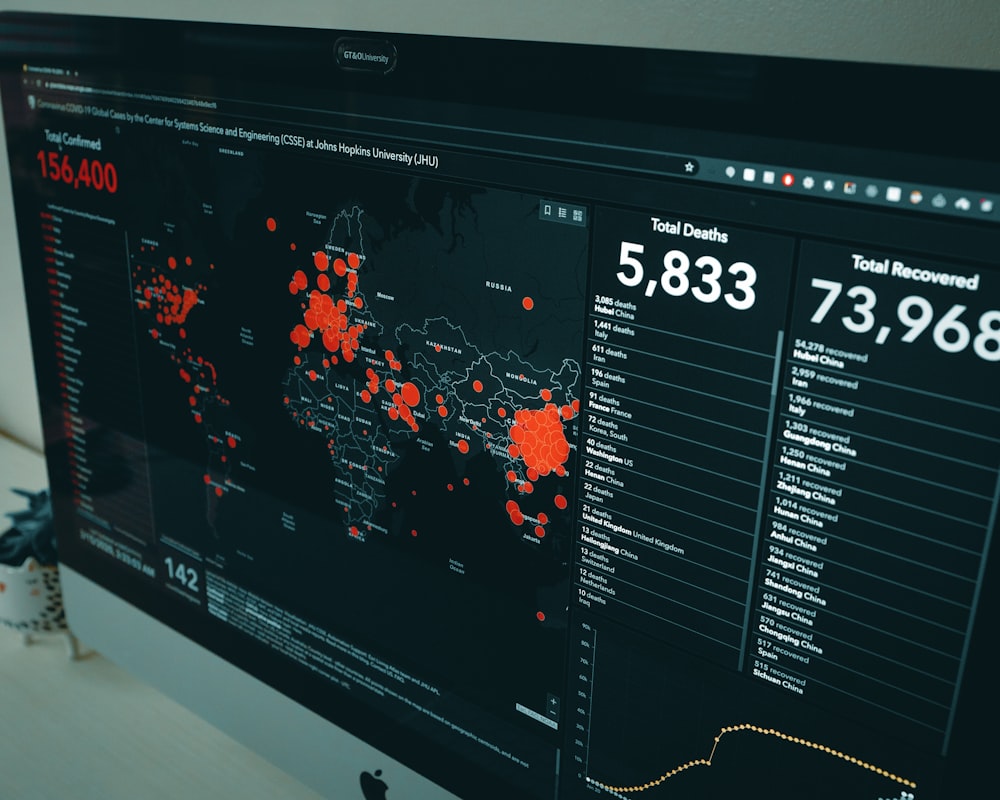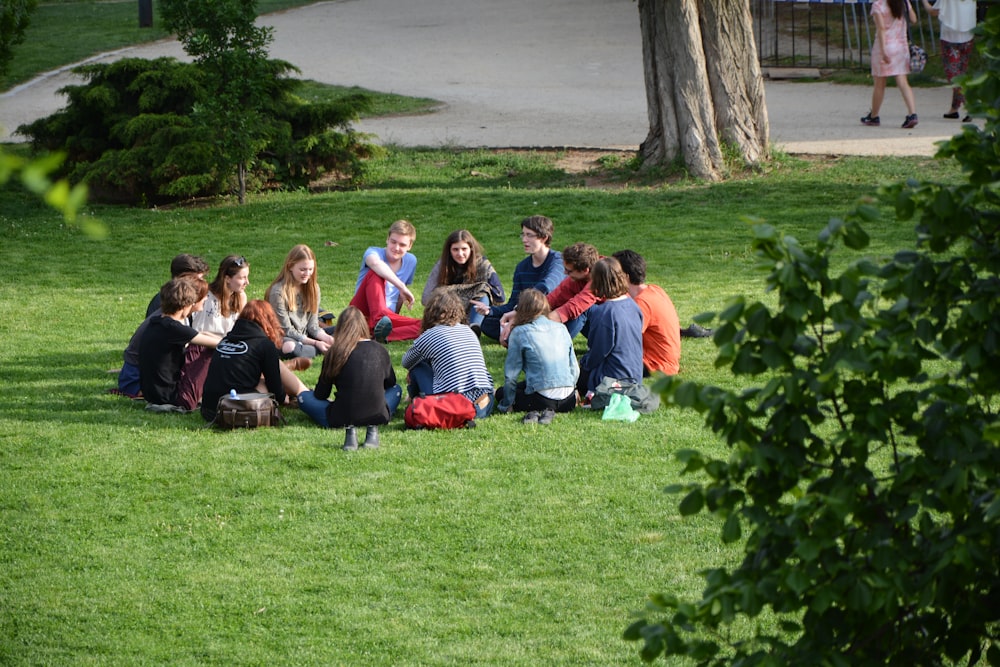Growing up, I had a number of ideal dream jobs. For a while I wanted to be a farmer. Then I switched to banker. In high school I gravitated toward business and accounting. And finally, I moved into philosophy and religious studies.
Along the way, I lost interest and faith in Christianity and religious experience in general. I felt that too much faith and religious testimony and experience was holding back humanity. It was holding us back from seeing the world as it truly is, in scientific terms. It was holding us back from connecting with all people and even sentient non-humans. Faiths and religions were more of a source of division, to my mind, than one of unity and growth.
Fast-forward a number of years, and I’ve come to see that there is a wealth of both growth and calls for unity within all of the world’s major religious traditions. What’s more, there is a connection within them to people’s own experience. This is powerful. And it’s important to understand.
Connections Over Facts
Peter Dockrill, deputy editor of ScienceAlert, relates a recent study that has shown that personal experience is a greater key to people’s thoughts and actions than are brute facts. In the past, he notes, laying out a groundwork of common facts was a great start for a debate. Today, however, even facts are open to debate and interpretation.
However, personal experience offers a new grounding for a discussion or debate. If you can get that subjective truth of yours across, you can at least broaden another person’s understanding on a topic of disagreement.
The research, published in late 2020, looked at fifteen experiments across a number of cultural issues including gun control, coal mining, and abortion.
The comments in the discussions that elicited the most response were the ones that expressed personal experiences, not those that presented facts. Of course, some mix of these can be beneficial. However, the personal experience, the emotional connection, tends to be the most important factor.
Statistics, anecdotes, and evidence
There is a quote often attributed to Mark Twain, that “there are lies, damned lies, and statistics.” Statistics are the kinds of facts that people encounter all around them when people are trying to justify certain actions or demands.
We’ve all seen the statistics thrown out during the COVID-19 pandemic, from hearing that washing our hands thoroughly can remove 98% of viruses and bacteria to the statistical differences between encountering a person with no mask, a surgical mask, or an N95.
Statistics abound in our world today. But as Twain knew, they could be misunderstood or misused in ways that make them even worse than ordinary lies. For a long time, people engaged in what critics call “hygiene theatre” around disinfecting surfaces, when it was becoming increasingly clear that COVID was and is primarily airborne.
And with the flurries of other data over the last two years, it has been very hard for people to agree on what is best for any given individual. This has opened the door to a variety of individualized possibilities, and to some scammers. These scammers have appeared on YouTube, social media, and occasionally on TV, selling all sorts of remedies, ranging from the famous horse de-worming pills to colloidal silver and various chemicals. A range of traditional medical techniques and various fruits and vegetables have also been claimed as powerful cures.
The problem for many of us is that appeals to personal experience, such as “I ate lots of garlic and got over COVID quickly” don’t account for the overall statistics that say that garlic has no particular effect on those with COVID. Anecdote is not evidence.
Personal experience as vulnerability
When people tell us their personal experiences, they expose their vulnerability. This naturally pulls us in a bit. We are, after all, social animals. While facts are incredibly important, they can be cold and sterile. It takes a personal connection to really understand certain things in our bones.
The downside of this is, as I mentioned above, that scammers can draw people in with either insignificant experiences that won’t translate to others or to things that are completely made up. We all want to believe. Again, as social animals, we tend to be naturally trusting of others.
The upside is that people with good information would do much better to first connect with others who they want to convince. After making that personal connection, getting the information across is much more efficient.
Teaching as Co-learning
When I was a graduate student and then early-career professor, I was given Paolo Freire’s book Pedagogy of the Oppressed. The book emphasizes that teachers need to get off of any pedestal that they might be on and instead sit with their students and become co-learners. A top-down approach quickly wears out learners. But by connecting on the same level with learners, one in turn learns how to best teach them.
Perhaps certain adjustments need to be made. Perhaps entirely new conversations need to be opened up. When I taught, I found this incredibly true and helpful. Each year, even teaching the same subject, the material would expand and contract with the particular classes. By listening to students and getting their feedback and input, I also found myself learning a great deal. Importantly, I learned subtle lessons about how the material could be relevant and meaningful for students from a wide range of backgrounds.
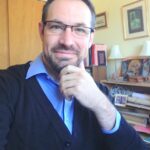 Justin Whitaker, Ph.D., holds a doctorate in Buddhist ethics from the University of London. He has given lectures, and taught Buddhist studies and Philosophy at Oxford University, the University of Hong Kong, the University of Montana, and at Antioch University’s intensive study-abroad program in India. A certified meditation teacher, he is a regular contributor to Patheos.com, and Senior Correspondent for Buddhistdoor Global. Justin is the official blog writer for Sunflower Counseling MT in Missoula, Butte, Kalispell, Billings, and surrounding areas. He lives in Missoula with his family.
Justin Whitaker, Ph.D., holds a doctorate in Buddhist ethics from the University of London. He has given lectures, and taught Buddhist studies and Philosophy at Oxford University, the University of Hong Kong, the University of Montana, and at Antioch University’s intensive study-abroad program in India. A certified meditation teacher, he is a regular contributor to Patheos.com, and Senior Correspondent for Buddhistdoor Global. Justin is the official blog writer for Sunflower Counseling MT in Missoula, Butte, Kalispell, Billings, and surrounding areas. He lives in Missoula with his family.
